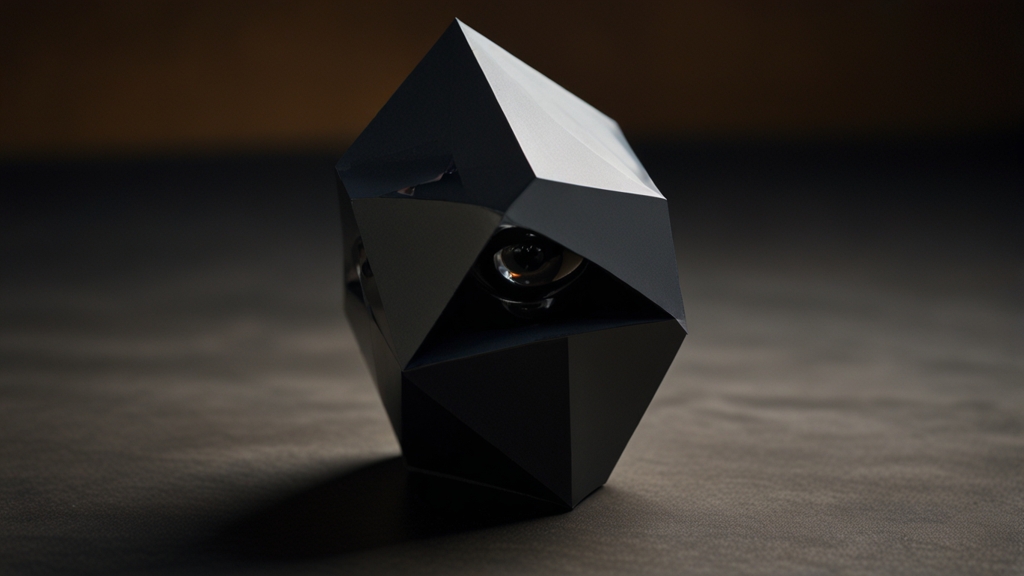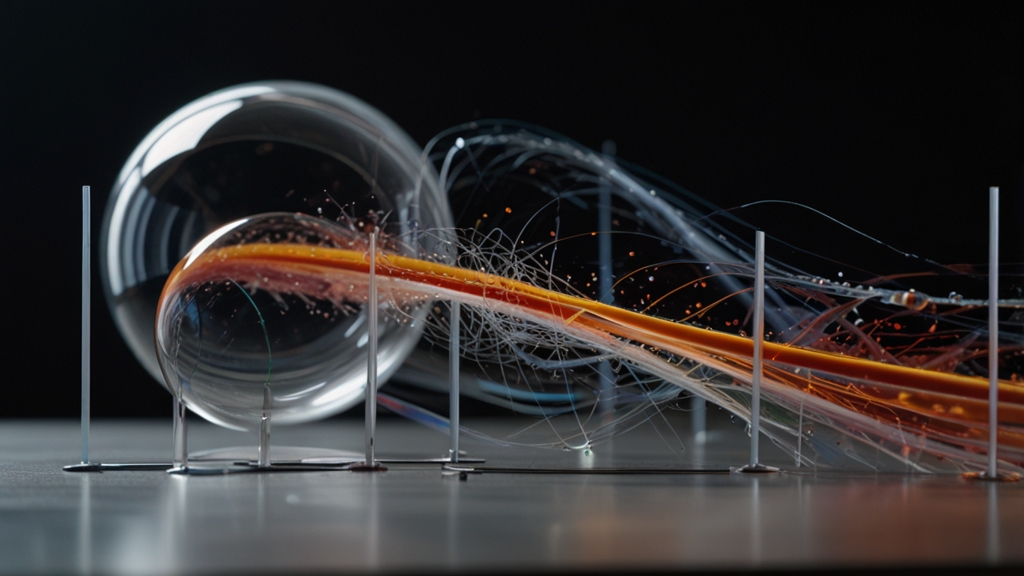The Dark Side of Geometry Illusions and Optical Tricks
Geometry illusions and optical tricks have long fascinated both scientists and the general public. These visual phenomena manipulate how we perceive shapes, sizes, and spatial relationships. While often entertaining and educational, the dark side of these illusions exposes how easily our senses can be deceived, sometimes leading to unsettling consequences in everyday life.
The Deception of the Brain
At the heart of geometry illusions lies the brain's tendency to interpret incomplete or ambiguous visual information inaccurately. Optical illusions leverage these tendencies, tricking the mind into seeing something that isn't there or perceiving one thing as another. The classic example is the Müller-Lyer illusion, where two lines of equal length appear to be different due to the angles of arrows at their ends. This phenomenon is more than mere entertainment; it reveals a fundamental vulnerability in our perceptual system.
"Geometry illusions highlight the significant role that our brains play in constructing reality. What we see is not always what is physically present," says Dr. Jane Smith, a neuroscientist specializing in visual perception.
Impact on Daily Life
While many geometry illusions are benign and captivating, some have the potential to disrupt daily life. For instance, driving at night or in fog can present situations where optical illusions create hazards. A driver might misjudge distances or speeds due to visual distortions, leading to dangerous situations. The Ponzo illusion, where converging lines can make objects appear different in size, can cause a driver to underestimate the space needed to stop or maneuver.
Manipulation and Misdirection
Geometry illusions also find a place in the world of manipulation and misdirection. Advertisers and marketers often utilize optical tricks to influence consumer behavior. Product packaging might use visual deception to make items appear larger or more appealing than they actually are. Moreover, political campaigns sometimes employ imagery designed to invoke specific emotional responses, diverting attention from substantive issues.
"In the hands of skilled individuals, geometry illusions can be a powerful tool of persuasion. The ethical line is crossed when these tricks are used to deceive rather than entertain," warns John Doe, an expert in visual marketing strategies.
Ethical Implications
The ethical implications of using geometry illusions are complex. While artistic and scientific communities harness these tricks to explore the nature of perception, using them to deceive or manipulate highlights moral concerns. Should there be guidelines or regulations governing the use of optical illusions in advertising or public spaces? This question remains open to debate.
Conclusion
Geometry illusions are a fascinating aspect of human perception, offering insights into how we see and understand the world. However, they also expose vulnerabilities that can be exploited, leading to potential harm or ethical dilemmas. Awareness of the impact and potential misuse of these visual tricks can help mitigate their darker side, allowing us to appreciate their wonder without falling prey to deception.
"Understanding the power and pitfalls of geometric illusions can help us navigate the fine line between fascination and deception, ensuring these phenomena are enjoyed responsibly," concludes Dr. Alan Brown, author of Illusions of the Mind.








